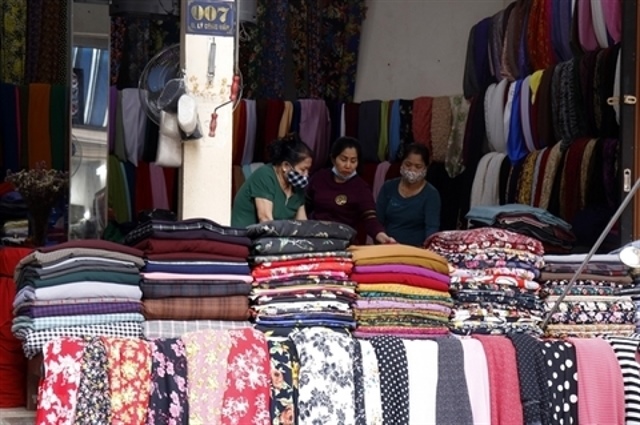Businesses at the point of death, banks make fat profits
Businesses at the point of death, banks make fat profits
The finance report about the business performance in the first four months of 2012 showed that enterprises incurred heavy losses, while the 71 commercial banks made fat profit.
According to the General Department of Taxation (GDT), which analyzed the figures submitted by the enterprises through 63 taxation agencies and 256,000 the corporate income tax declaration reports, the total revenue of enterprises is 7.5 million of billions of dong. Meanwhile, the total expenses, including the expenses on materials and labor force, were 7.2 million of billions of dong, accounting for 97 percent of total revenue.
The noteworthy thing is that the expenses on bank loan interest rates alone reached 466 trillion dong.
While production and service enterprises have been fluttering, the 71 commercial banks have been living well. GDT has affirmed that banks’ income has increased very sharply.
The net profits from the business activities of the banks, not including the money provisioned against the risks, in 2011 reached 97 trillion dong, a sharp increase of 45 percent over 2010. After provisioning, the profit increased by approximately 30 percent.
In the first quarter of 2012, according to GDT, 70 percent of the 258,000 surveyed businesses reportedly incurred the loss of 40 trillion dong. Meanwhile, commercial banks still continue making profit.
“In general, commercial banks still earn money from credit activities which witnessed the upward tendency in both terms of quantity and proportion,” GDT affirmed in its report.
As high as banking officer’s salary
Also according to the taxation body, while enterprises have to cut down expenses to save money in the economic downturn, commercial banks still spent higher to keep their operation. The expenses of the banks soared from 54 trillion dong in 2010 to 76 trillion dong in 2011.
Especially, the wage fund of the commercial banks has increased very sharply. The average income per capita of the officer in the banking sector has increased from 7 million dong a month in 2007 to 15-21 million dong in 2011, which was triple the average income per capita in the national economy.
“This can be explained by the fact that the credit policies helped commercial banks make fat profits,” an official of the taxation body said.
Where the huge profit comes from?
Lending remains the main source of income of commercial banks. The gap between the input capital cost and the lending interest rate has climbed to 3.5-4.5 percent, which ensures fat profits for lenders.
Therefore, the taxation body has suggested that the State Bank of Vietnam needs to take necessary measures to slash the margin between the mobilized capital cost and the lending interest rate to 2.2-2.5 percent.
According to an official of the Ministry of Finance, commercial banks said they have to charge high interest rates on businesses in anticipation of the bad debts However, he has pointed out banks impose high interest rates on all businesses of the national economy just because of the weakness of some businesses only.
Dr Nguyen Dai Lai, former Deputy Director of the State Bank’s Banking Development Strategy Department, has called on banks to reconsider expenses and set up more reasonable margins between the capital input cost and the sale price.
Lai said that banks might have “processed” the figures, stating higher provisioning against risks, thus pushing the interest rates up. .Meanwhile, if banks have good corporate governance skills, they can lessen the risks, while ensuring their profits.
vietnamnet
























